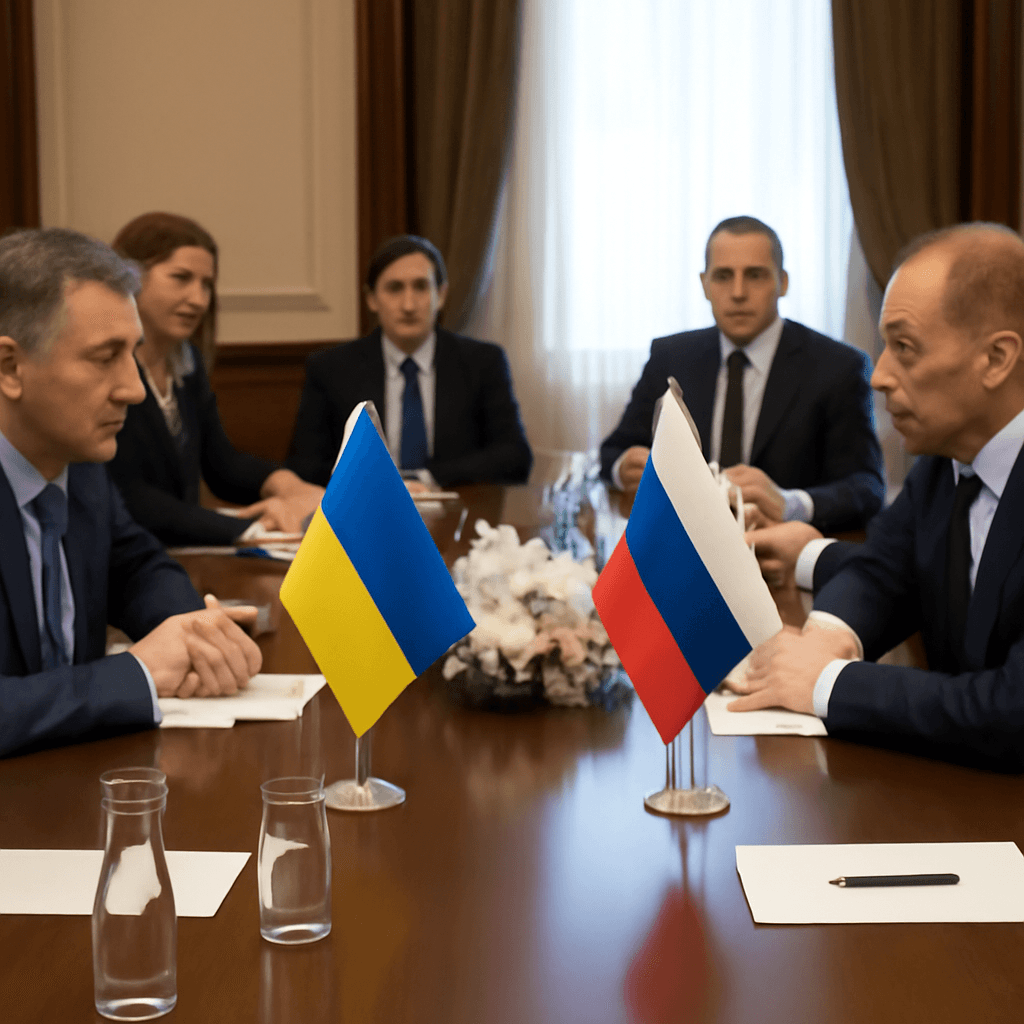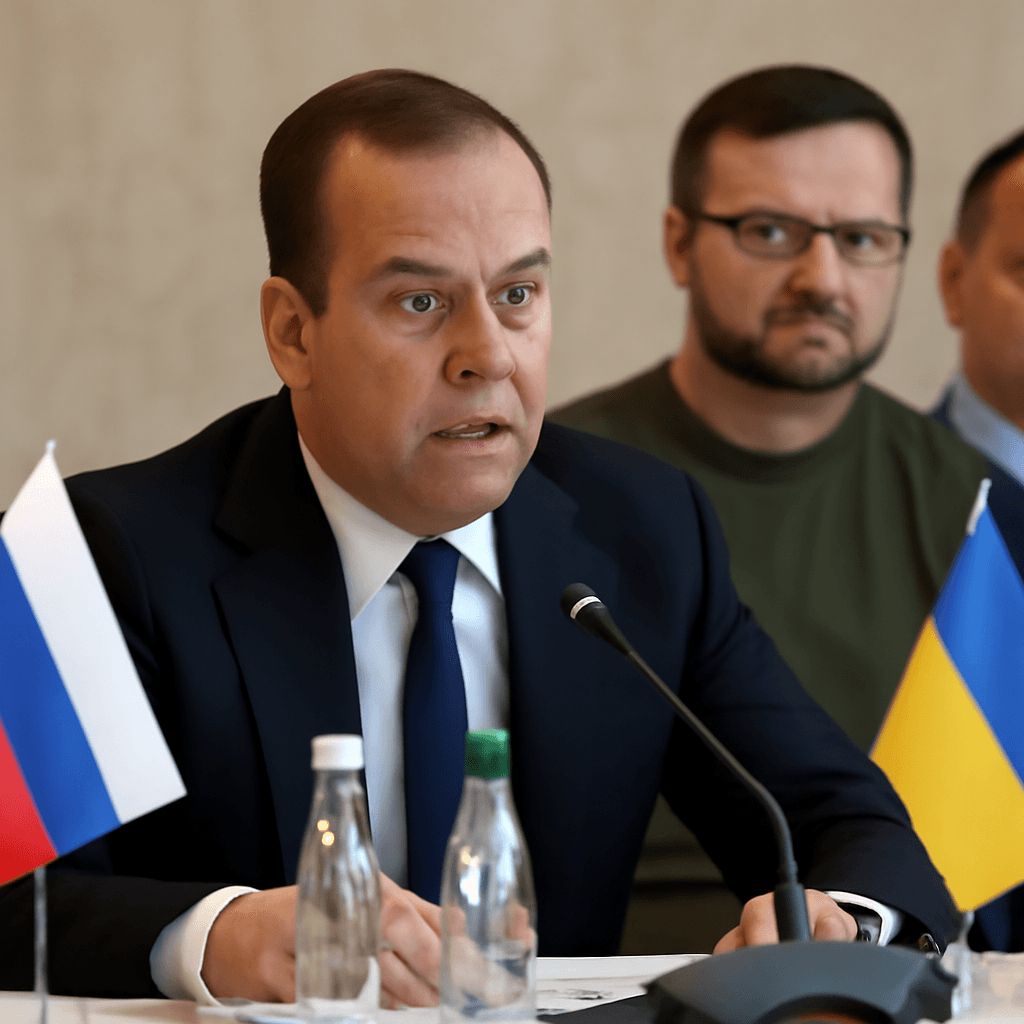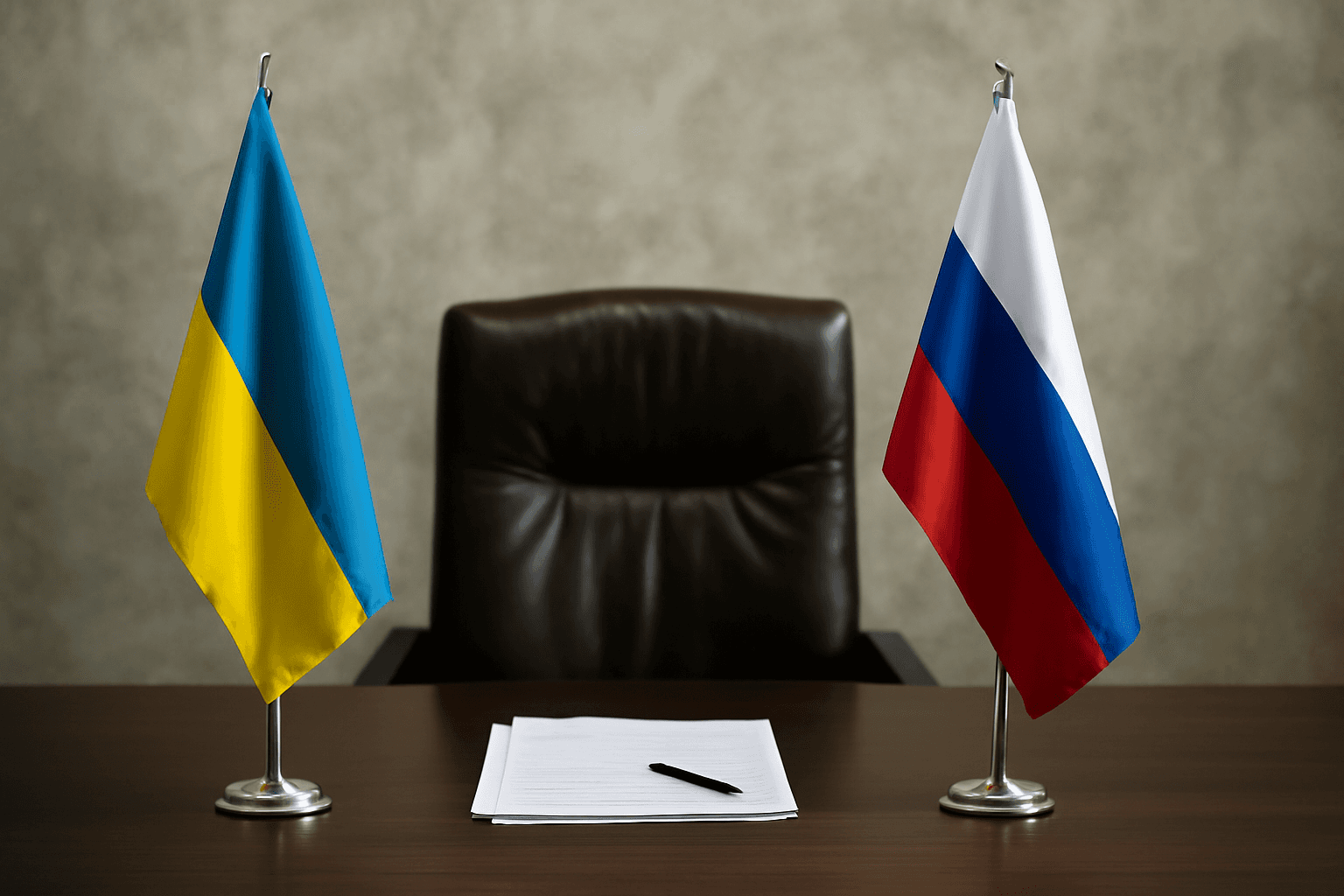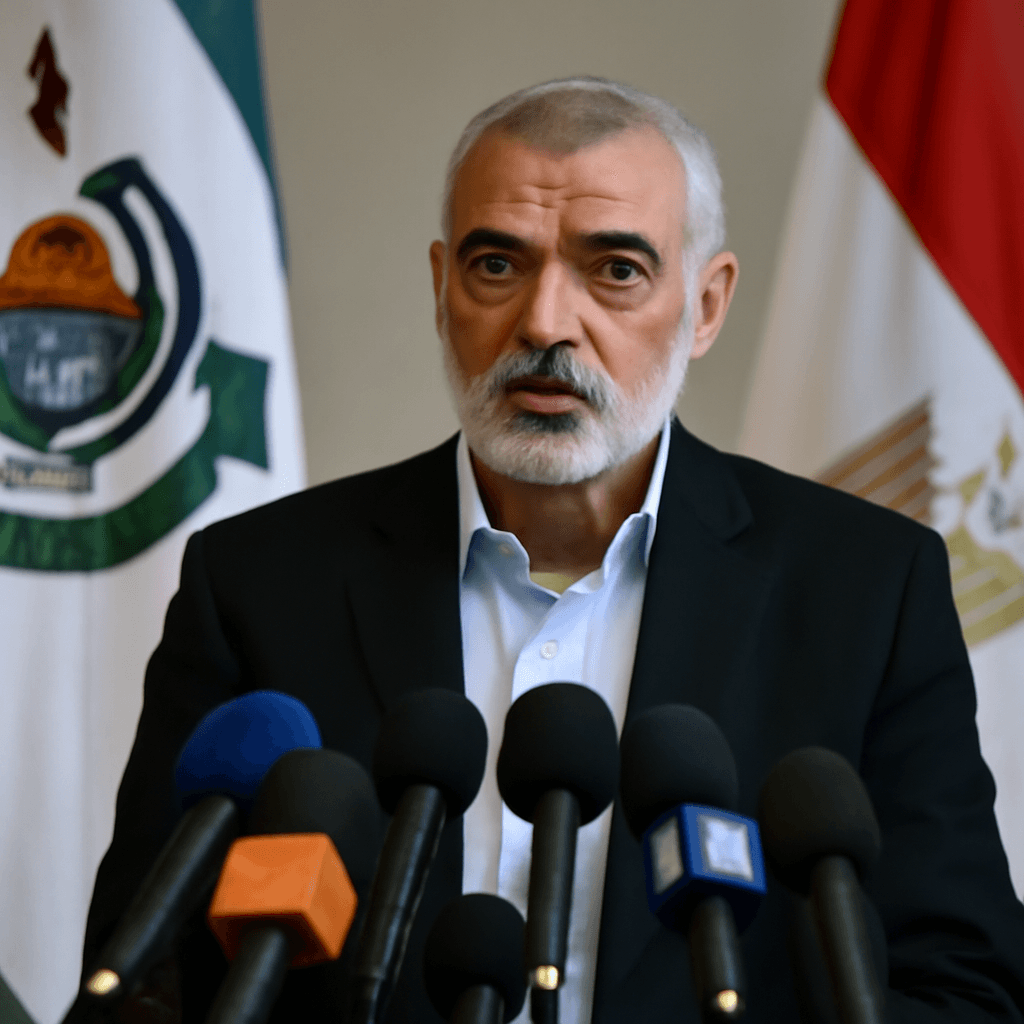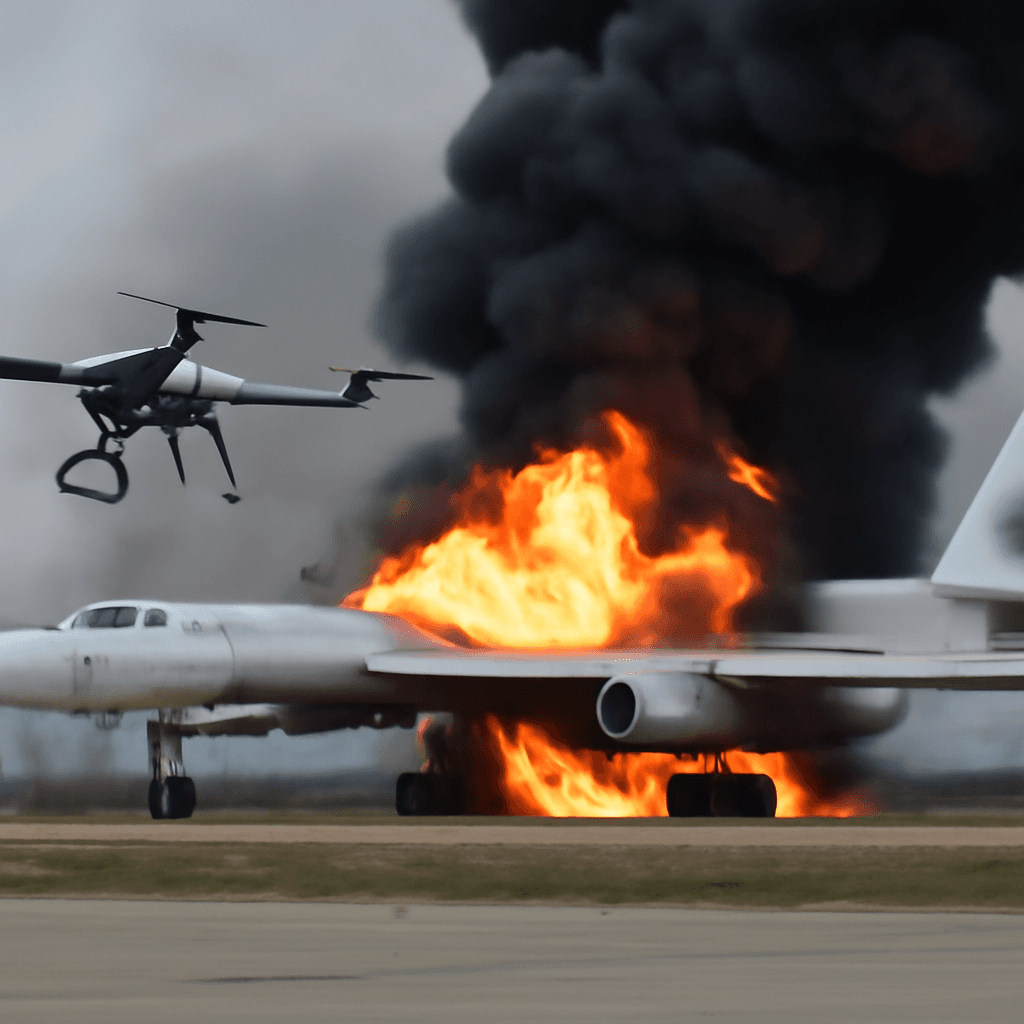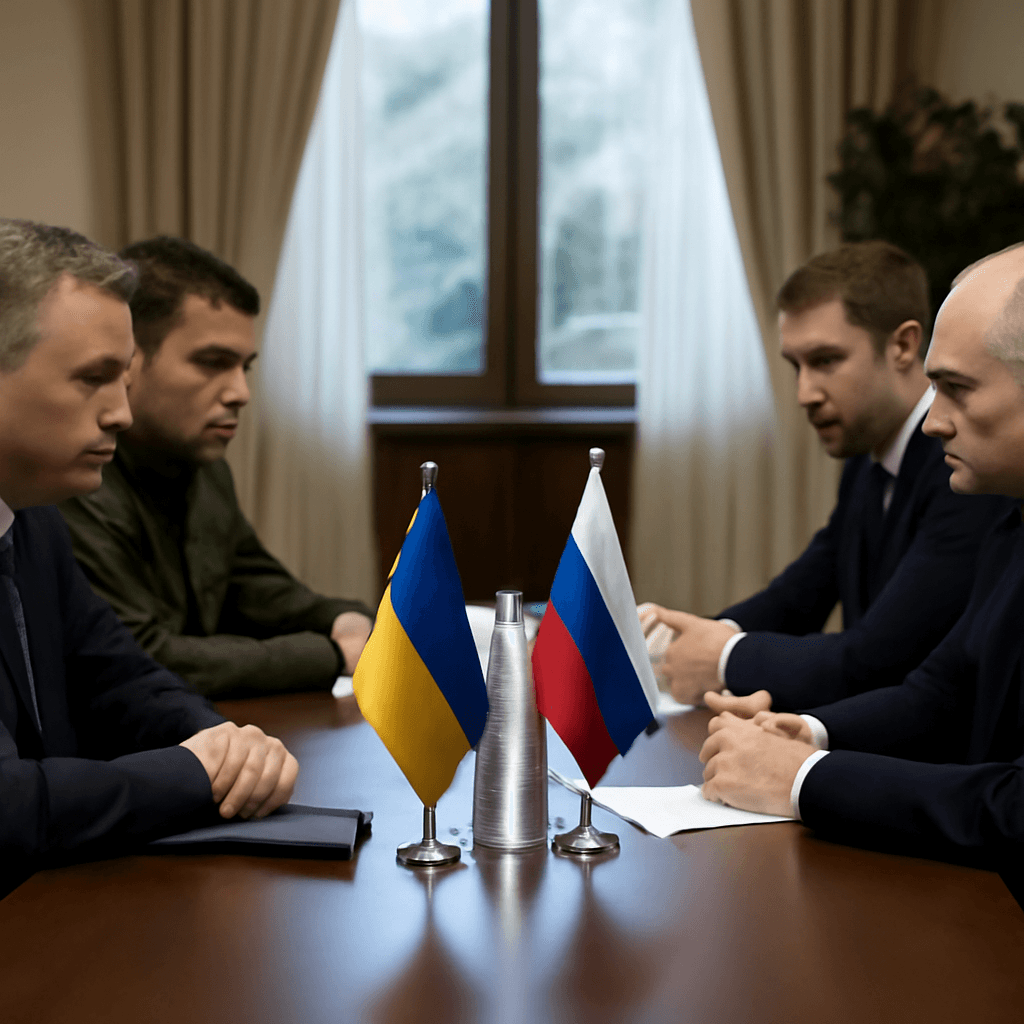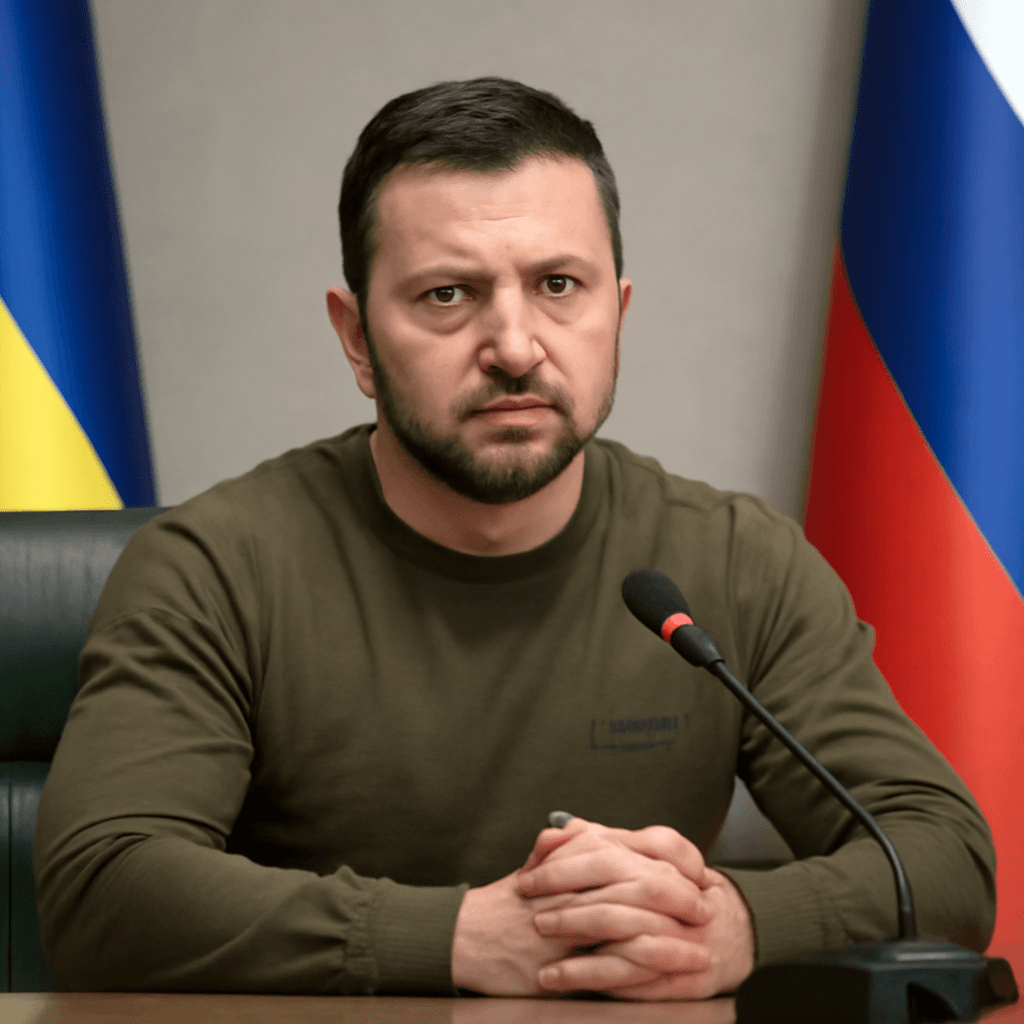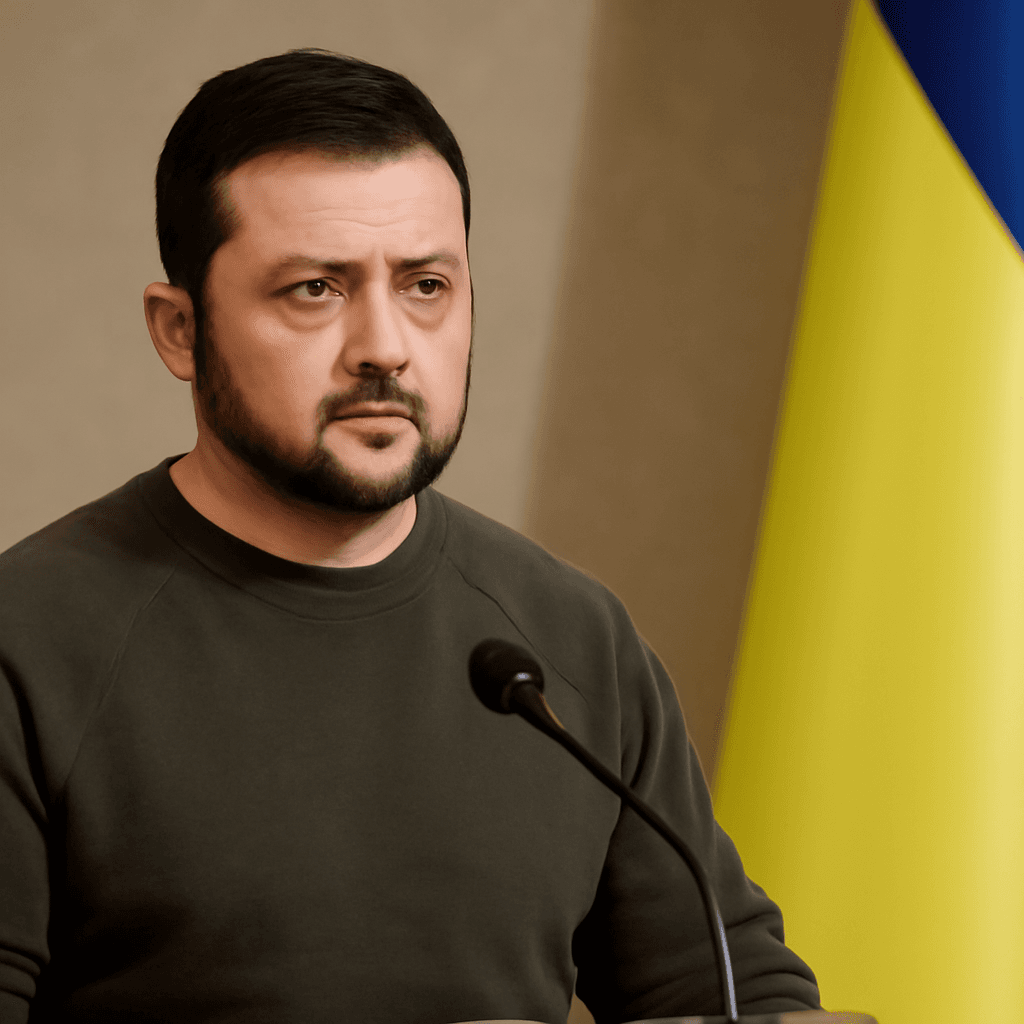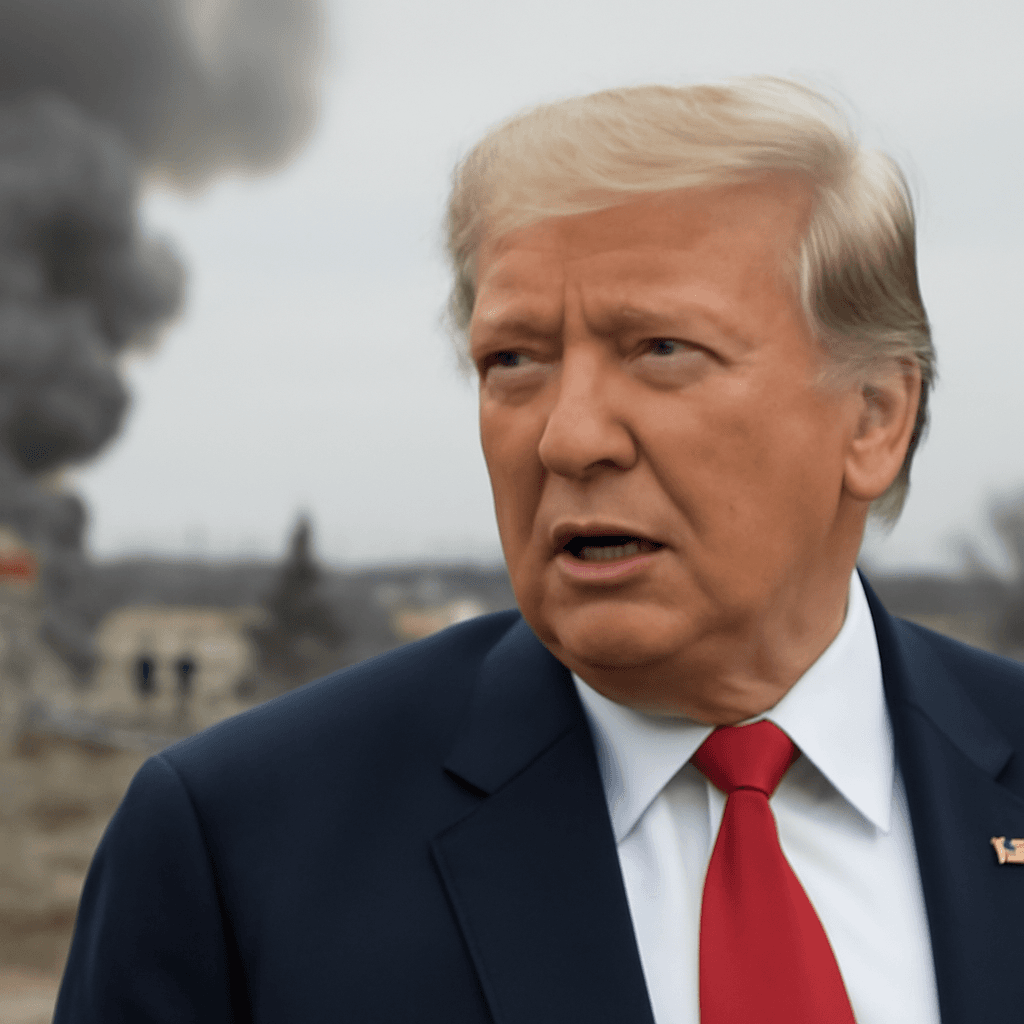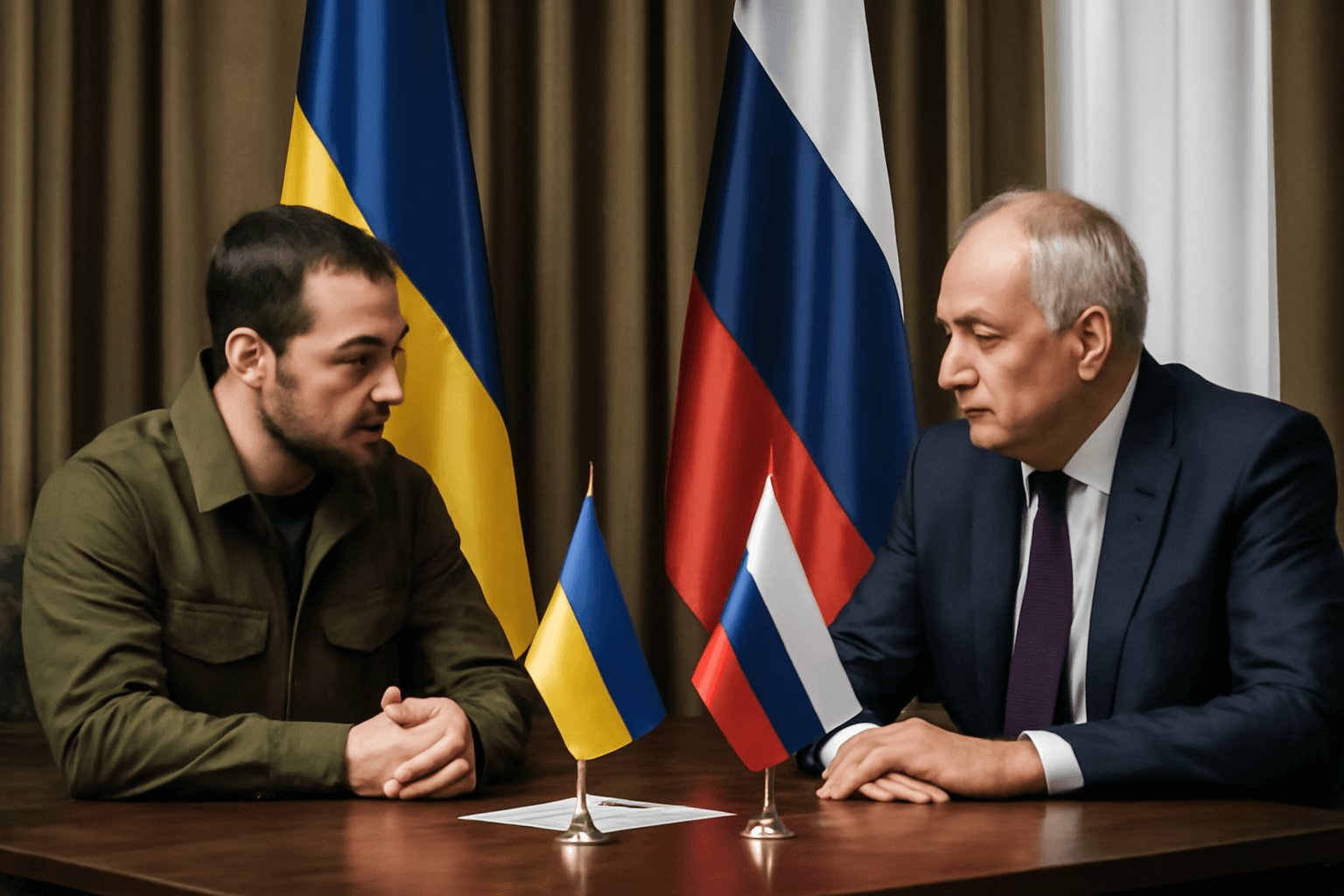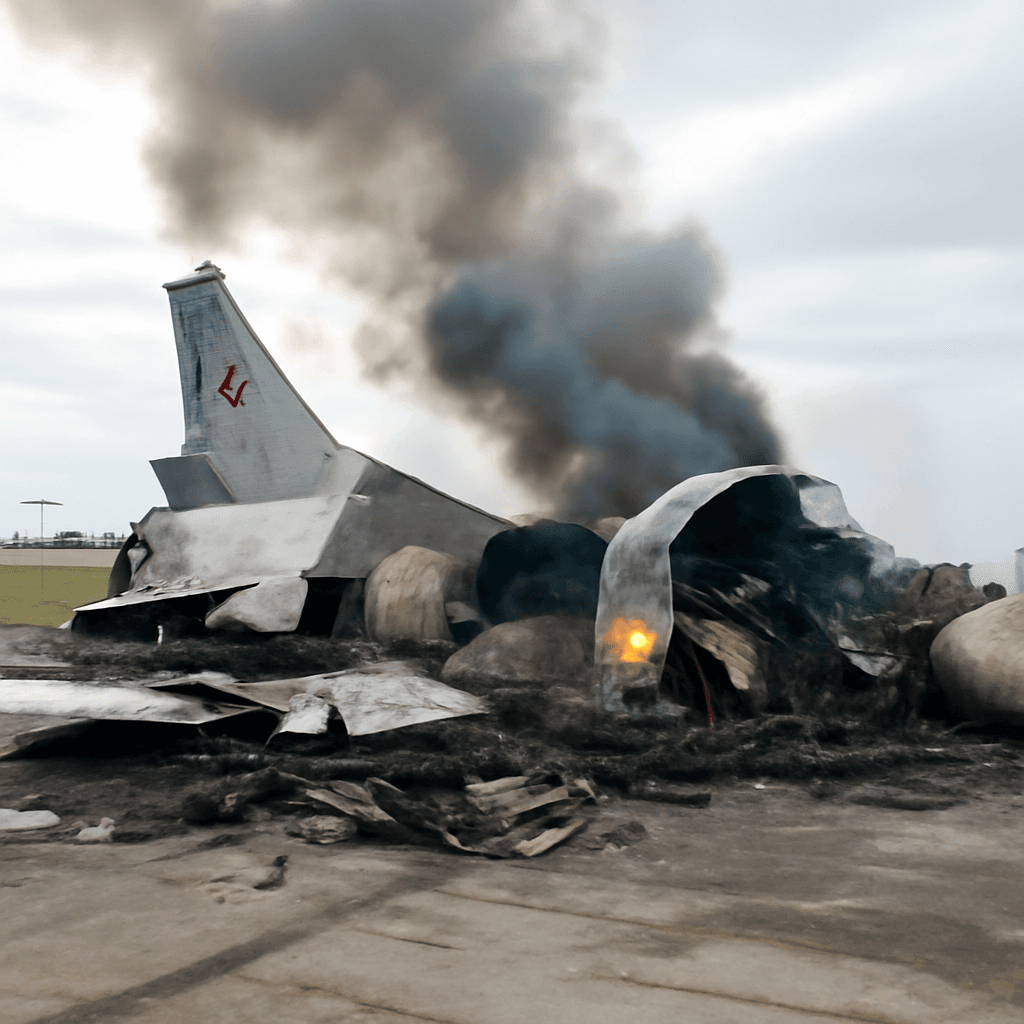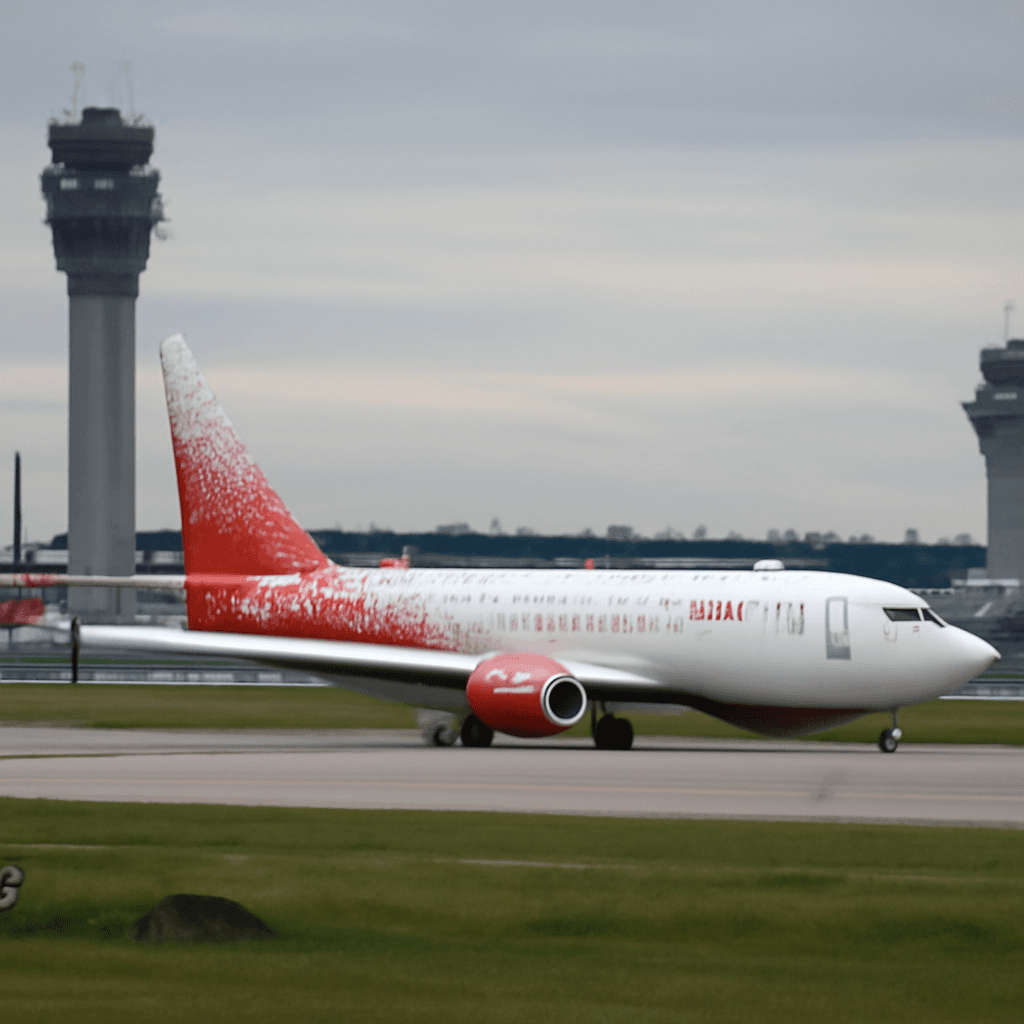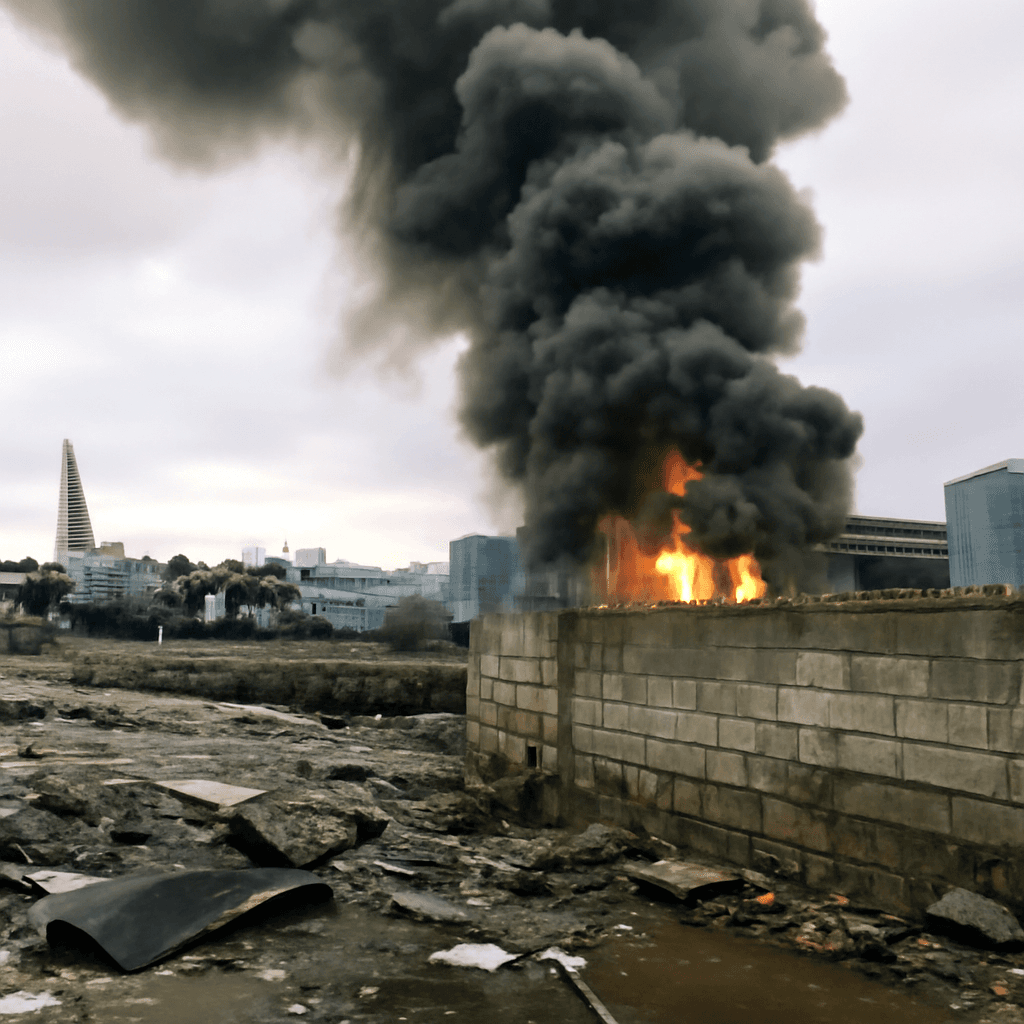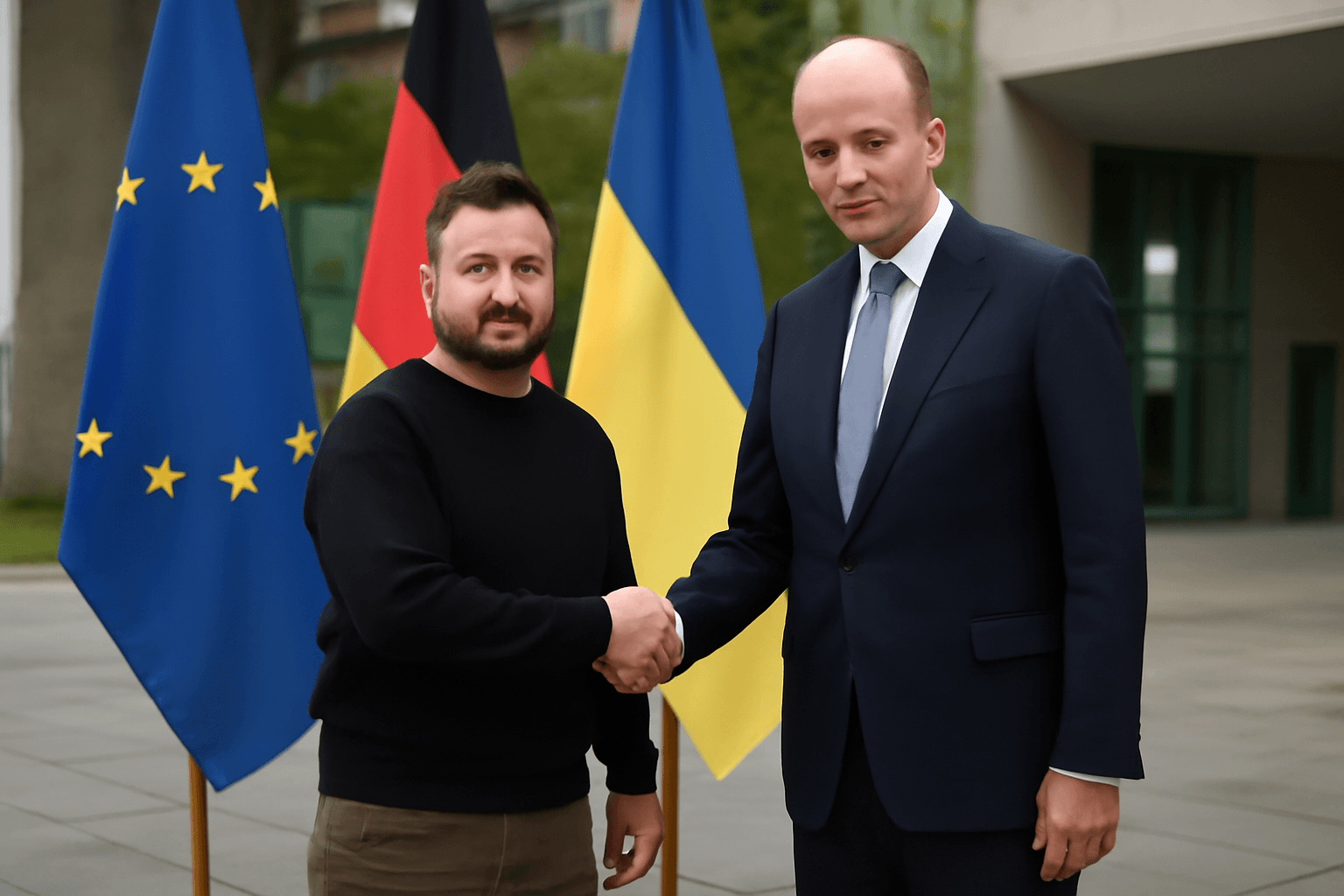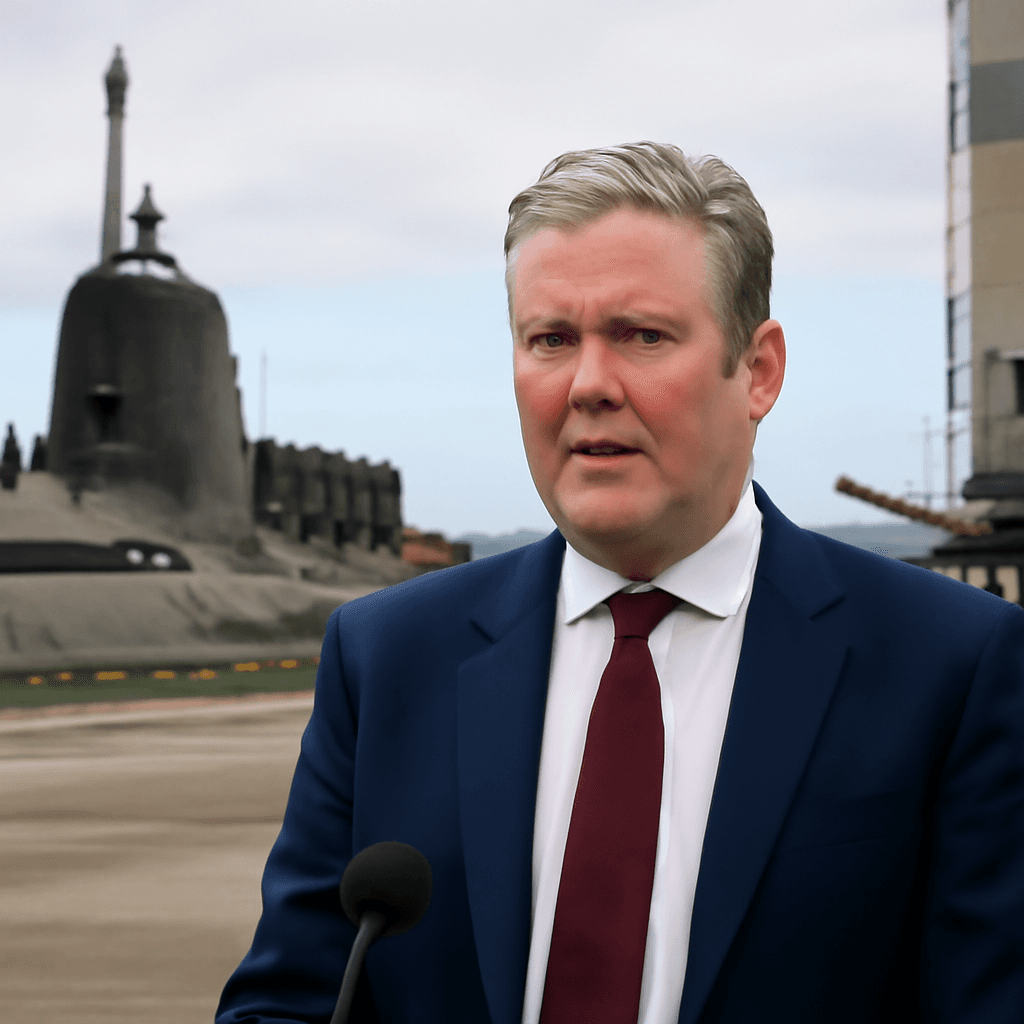Ukraine's Drone Attacks and Their Effect on Istanbul Peace Talks
In the Turkish city of Istanbul, Ukraine and Russia have resumed direct peace negotiations amid heightened tensions following Ukraine's recent large-scale drone attacks on Russian airbases deep within Russian territory. These talks mark the second formal round between the two nations attempting to resolve their ongoing conflict, though significant challenges persist in bridging their opposing demands.
Backdrop of the Negotiations
The peace talks are held at the historic Ciragan Palace, an Ottoman imperial residence overlooking the Bosphorus. Leading the Russian delegation is Vladimir Medinsky, a close advisor to Vladimir Putin known for his ideological stance and past role in privileging Russia’s territorial claims. Ukraine’s team is headed by Defense Minister Rustem Umerov, a pragmatic negotiator currently navigating internal political controversies.
These talks follow an initial round on May 16, which produced the largest prisoner exchange of the conflict but failed to initiate a ceasefire or significant concessions from either side.
Russia's Preconditions for Peace
Russia has outlined stringent conditions for an immediate end to hostilities, including:
- Ukraine relinquishing its aspirations to join NATO.
- Withdrawal of Ukrainian troops from four Ukrainian regions currently claimed and mostly controlled by Russia, covering nearly one-fifth of Ukrainian territory (approximately 113,100 square kilometers).
- Sanctions relief targeting hundreds of billions of dollars in frozen Russian assets abroad.
- Guarantees termed as "de-Nazification," encompassing protection of Russian-speaking populations.
These demands, if accepted, would signify a major territorial and political concession by Ukraine.
Ukraine’s Response and Roadmap Proposal
Buoyed by its successful "Spider's Web" operation—striking and destroying at least 40 Russian bombers—the Ukrainian delegation approaches the talks with clear objectives:
- Securing an unconditional ceasefire.
- Ensuring the return of Ukrainian children taken to Russia.
- Proposing a peace roadmap that maintains the current front line as the baseline for territorial negotiations.
- Rejecting any international recognition of Russian sovereignty over annexed Ukrainian territories.
- Guaranteeing Ukraine’s sovereign right to maintain a strong military post-agreement.
- Seeking reparations for damages incurred during the conflict.
These positions underscore Ukraine’s firm stance against the Kremlin’s territorial claims and serve as key points in the forthcoming discussions.
International Dynamics: The United States’ Role
The United States remains a significant external actor, although attempts to mediate the conflict have so far been ineffective. Former U.S. President Donald Trump has publicly criticized the ongoing stalemate, warning that the U.S. may disengage from the conflict if both parties do not come to terms. His statements highlight frustration over the prolonged nature of the war but underscore limited leverage to influence the negotiations at present.
Prospects for Peace
Despite dialogue efforts, the latest Ukrainian strikes demonstrate growing military capabilities and may harden positions on both sides. With fundamental demands remaining at odds, achieving an immediate ceasefire or peace agreement appears unlikely in the short term.
As negotiators present detailed proposals aimed at a lasting peace, the international community watches closely, aware that the conflict’s resolution will require considerable compromise and continued diplomatic engagement.

